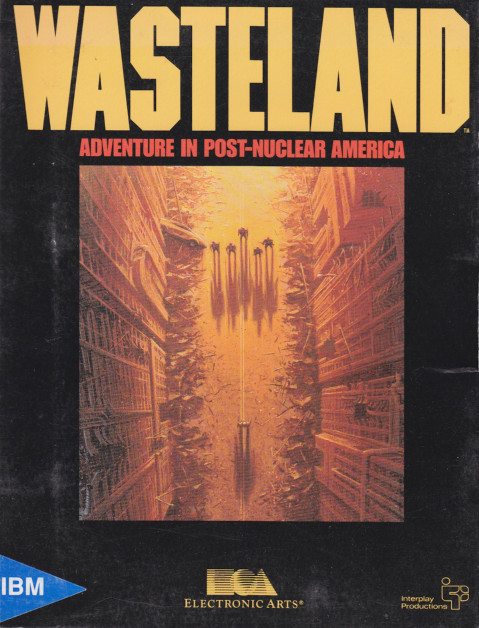Wasteland Interview
-
Category: InterviewsHits: 4076

Article Index
GB: How did you get involved with Wasteland?
Ken: Brian Fargo visited me in Phoenix and described a post World War III game that Interplay wanted to do using some new coding techniques that Alan Pavlish had developed. He asked me if I could come up with such a game, maybe modeled along the lines of the movie "Red Dawn"? I told him I thought I could.
GB: What was your role during the game's development?
Ken: I developed the initial game storyline. I started with something like Red Dawn in the cornfields of Idaho, but decided after a while that was too boring, and so developed another idea that I thought would be more fun. It was Arizona Rangers versus Terminators in the deserts of New Nevada--based on having most of the adventures in the wastelands of Arizona and nearby states--I chose Arizona because I live here and know the geography very well, and the desert sometimes seems like a post-nuclear wasteland already.
GB: Why after a nuclear holocaust?
Ken: We wanted a good wild science fiction setting using current firearms technology.
GB: What inspired you during the development of Wasteland?
Ken: Mad Max. Terminator. Daffy Duck.
GB: What was your favorite contribution to Wasteland? What was your greatest challenge?
Ken: The whole thing is my story. Others added notable parts of the adventure, but the basic story is mine. Most of Las Vegas and Quartz are all my invention. I created the Scorpitron robot.
GB: In your opinion, what was it about Wasteland that made it such a great RPG?
Ken: Great story from great storytellers including Liz Danforth, Mike Stackpole, Dan Carver, Brian Fargo, and myself. Great programming from Alan Pavlish and team. Decent art from Todd considering the time. All of it based on a great game engine--the Tunnels and Trolls mechanics underlie the whole Wasteland skills and combat system.
GB: Do you consider Fallout to be the spiritual successor to Wasteland? Why or why not?
Ken: No opinion. I never played Fallout.
GB: How exactly did you go about creating the game's areas? Could you give us some details on what was involved, how the process worked, etc.?
Ken: It was all a long time ago. As I recall, we mapped it all out on graph paper--just like creating an adventure for D & D. Then we figured out what kind of "squares" would need to stack there. Then we wrote down the assembly language commands that would create such a stack. We had no editor to do it for us.
GB: What are some of your favorite memories from working with the Wasteland team?
Ken: Most of the work I did was done alone. Interplay did fly me to Malibu for a week along with Mike Stackpole and we worked in a hotel room, and went out to lunch and supper with Brian and Alan and some of the Interplay guys. That was kinda fun. When the game was almost ready to publish, Interplay brought Mike and me back for the album photos on a dry lake in California. Musta been 110 that day, and we're all decked out in jackets and leather and toting carbines and such. Got makeup and the whole deal. A lotta fun.
GB: Were you ever interested in making a sequel to Wasteland?
Ken: I did have an idea for a sequel, but nobody else liked my idea, so it never even came close to happening.
Thanks for your time, Ken!


